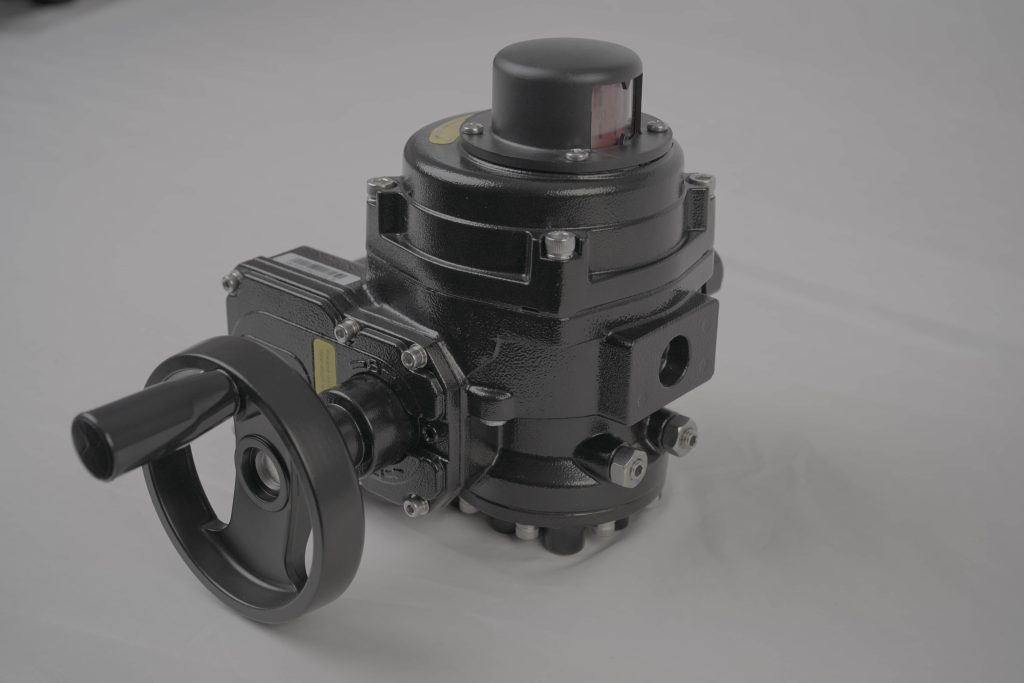In recent years, lithium-ion batteries have revolutionized a variety of industries, including electronics, electric vehicles, and renewable energy systems. With the growing demand for high-performance and reliable energy storage systems, the design and manufacturing of these batteries have become increasingly important. One of the most critical components of a lithium-ion battery is the valve that controls the internal pressure within the battery cells. The stainless steel lithium battery valve has become an essential part of modern lithium battery technology, ensuring safety, performance, and longevity.

Understanding the Role of the Valve in Lithium Batteries Lithium-ion batteries function through electrochemical reactions between the positive and negative electrodes within the battery. As these reactions occur, gases can sometimes form due to side reactions or overcharging. Without a proper way to release these gases, the internal pressure can build up, potentially causing the battery to fail, leak, or even explode. This is where the valve comes in. The valve is a safety mechanism designed to relieve excess internal pressure in the event of a malfunction or dangerous build-up of gas. It is equipped with a diaphragm or spring mechanism that opens when the internal pressure exceeds a certain threshold, allowing the gas to escape safely. This prevents catastrophic failures such as thermal runaway or battery rupture, which can pose significant safety hazards.